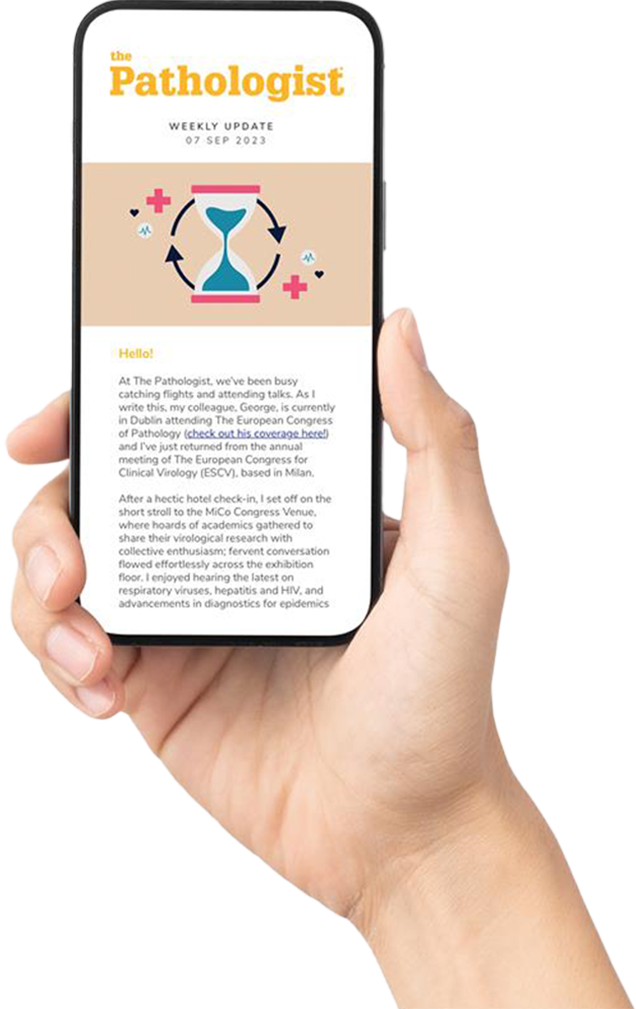
James Grinias
Associate Professor, Department of Chemistry & Biochemistry, Rowan University, USA
False

Associate Professor, Department of Chemistry & Biochemistry, Rowan University, USA
Fears? Within analytical science, there has been a gradual shift away from training in the fundamentals of instrument design. Effective experimental design, data acquisition, and data analysis all rely upon a core understanding of what specific techniques are good and bad at doing, which often relates to the core molecular properties that different instruments measure. If this trend continues, I fear that it may become more difficult to bridge the gap between engineers that design/construct instruments and scientists from a wide range of disciplines that use them. There is a balance between breadth and depth that educators must constantly consider, but analytical chemists familiar with chemistry, statistics, electrical engineering, and computer programming will be crucial to the future of our field.
Advice? The American Chemical Society’s ChemIDP is a great tool that helps young scientists identify careers that align with their interests. I highly recommend it to any student that asks me for advice on how to find a job. Part of the program focuses on setting goals, which I also think is a critical aspect to advancing as a scientist – try to figure out where you want to be in 1, 5, or even 10 years, and then set manageable and achievable benchmarks that will help you guide you there. Finally, don’t forget about the fun parts of science. Persistence is key in research because failure is unfortunately a frequent part of the scientific process. However, making sure you celebrate the “wins” along the way (a new discovery, a completed data set) can play a big role in maintaining motivation.
Mission? There are many steps still needed, but I would love to eventually see a compact LC system put to use in a clinical setting providing real-time patient data to healthcare professionals.
Receive the latest pathologist news, personalities, education, and career development – weekly to your inbox.

False
False
False